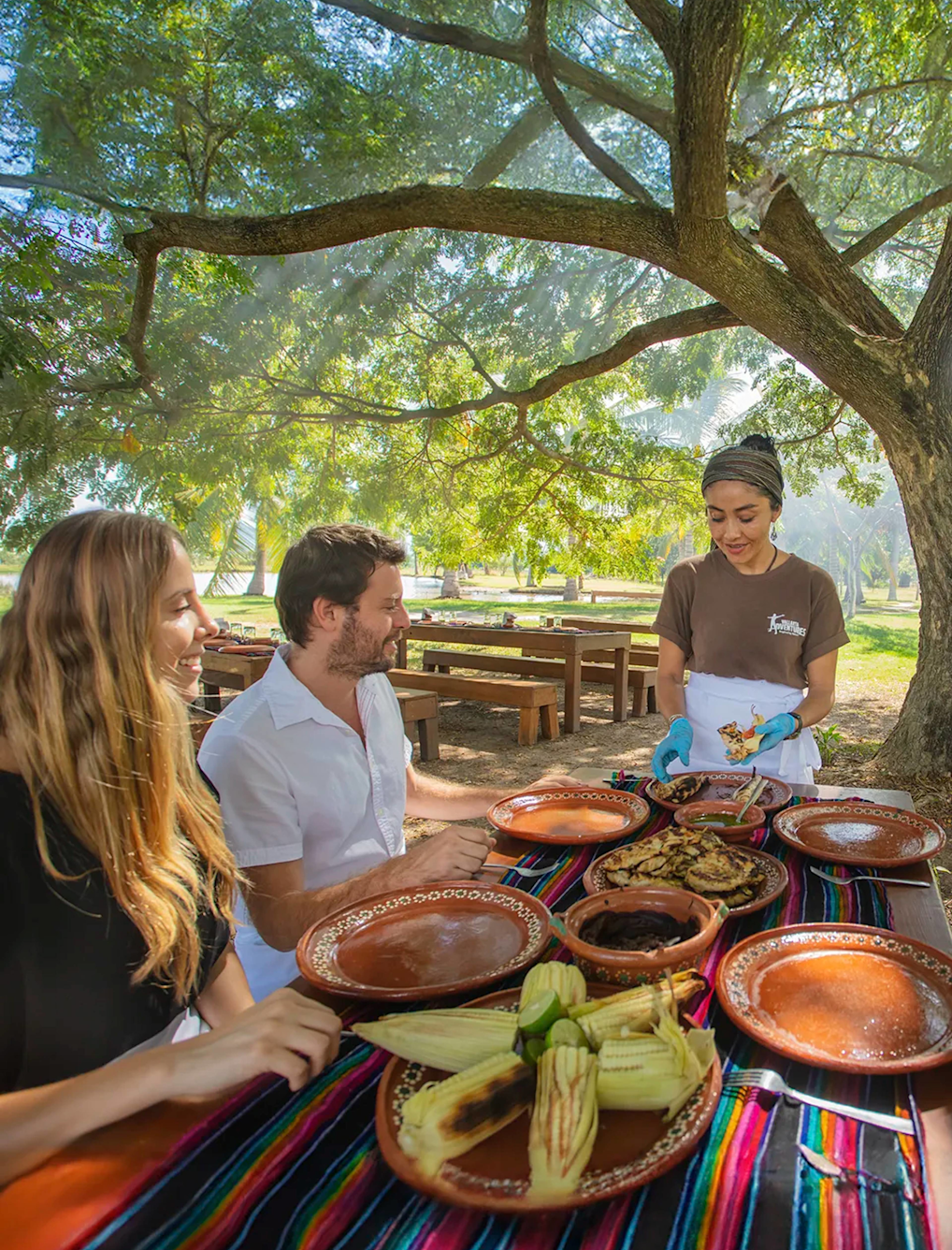The global food tourism market is experiencing unprecedented growth, driven by evolving consumer preferences and a surge in experiential travel demand. According to Marketintelo’s comprehensive Food Tourism Market Research Report 2033, the industry is set to nearly triple in size, expanding from $1.3 billion in 2024 to $3.8 billion by 2033, representing a robust compound annual growth rate (CAGR) of 12.6%.
Market Transformation Driven by Millennial and Gen Z Preferences
The food tourism landscape is undergoing a fundamental transformation, primarily fueled by millennial and Gen Z travelers who prioritize authentic and immersive culinary experiences over traditional sightseeing. These demographics are reshaping the industry by seeking deeper cultural connections through food, with approximately 58% of Gen Z travelers choosing culinary exploration as a key component of their journeys. Social media platforms, particularly Instagram and TikTok, have emerged as powerful drivers of food tourism demand, with 80-90% of users utilizing these platforms to research destinations and culinary experiences.
The rise of “food raves” and experiential dining events has captured Gen Z’s attention, transforming traditional restaurant visits into immersive, social experiences that combine music, food, and interactive moments designed for social media sharing. This trend reflects the generation’s preference for experiences that offer both authentic cultural engagement and strong social currency.
Regional Leadership and Emerging Hotspots
North America maintains market dominance, accounting for approximately 32% of global market share, with the United States and Canada leading through their vibrant culinary scenes and robust digital infrastructure. Major cities including New York, San Francisco, and Toronto have established themselves as iconic food tourism hubs, attracting both domestic and international travelers seeking innovative dining experiences.
However, Asia Pacific emerges as the fastest-growing region, projected to register a CAGR of 15.2% during the forecast period. Countries such as Japan, Thailand, South Korea, and Vietnam are rapidly developing into culinary tourism hotspots, supported by government investments in culinary infrastructure and destination marketing campaigns. The region benefits from rich culinary heritage, rising middle-class affluence, and increasing appetite for experiential travel.
Europe continues to demonstrate strong performance, accounting for over 30% of the global market in 2023, driven by its established culinary traditions and extensive food tourism infrastructure. The region’s dominance in outbound tourism, representing approximately half of worldwide outbound travel, further strengthens its position in the food tourism market.
Activity Segments Driving Growth
Culinary tours and food festivals represent the most popular activity segments, together accounting for over 45% of total market revenue. These experiences appeal particularly to millennials and Gen Z travelers who value authenticity, local interaction, and behind-the-scenes access to culinary artisans. Food festivals have gained significant traction, with events like the Melbourne Food and Wine Festival, Taste of Chicago, and La Tomatina in Spain becoming iconic attractions drawing international food enthusiasts.
Cooking classes and wine & beverage tastings are experiencing rapid growth as travelers seek hands-on, immersive experiences that allow skill development and cultural engagement. These activities are increasingly bundled with broader travel packages, enhancing their appeal across diverse traveler demographics. The innovation pipeline remains robust, with operators introducing themed tours, pop-up events, and virtual experiences to cater to evolving preferences.
Digital Transformation and Booking Channels
The booking landscape is undergoing rapid digital transformation, with online travel agencies (OTAs) emerging as the dominant channel, accounting for approximately 48% of total bookings. OTAs offer travelers convenience, transparency, and access to diverse culinary experiences, making them the preferred choice for both domestic and international food tourists. The integration of user reviews, real-time availability, and secure payment options has enhanced traveler confidence in online bookings.
Social media marketing has become a cornerstone strategy for food tourism businesses, with platforms serving multiple functions from inspiration and research to booking and post-experience sharing. Digital marketing strategies including SEO optimization, pay-per-click advertising, content marketing, and influencer partnerships are proving essential for businesses seeking to capture modern travelers who conduct extensive online research before making booking decisions.
Traveler Demographics and Spending Patterns
The food tourism market demonstrates diverse traveler demographics, with group travelers and couples contributing the largest share of market revenue. Group travelers, including friends, culinary clubs, and corporate teams, are drawn to food tourism for its social and experiential value, generating higher per-trip spending and fostering repeat business. Couples, particularly those on honeymoon or anniversary trips, seek romantic and exclusive culinary experiences such as private dining, vineyard tours, and chef’s table events.
Solo travelers represent a rapidly growing segment, driven by personal growth motivations and cultural exploration desires. The rise of digital nomadism and remote work has contributed to solo food tourism growth, as individuals seek flexible, immersive experiences that fit their lifestyles. Family travelers prioritize safety, convenience, and educational value, opting for family-friendly food festivals, farm visits, and interactive cooking workshops.
Market Opportunities and Innovation
The food tourism market presents significant opportunities for digital transformation and cross-sector collaboration. The proliferation of mobile applications, AI-driven personalization, and virtual reality experiences is revolutionizing how travelers discover, book, and share culinary journeys. Unmet demand for authentic, sustainable, and community-driven experiences is driving innovation across the value chain, with travelers increasingly seeking farm-to-table dining, foraging tours, and indigenous food workshops.
Strategic partnerships with local food producers, artisans, and community organizations are enhancing authenticity while supporting inclusive economic development and heritage conservation. The integration of food tourism with adjacent markets such as wellness, adventure, and cultural tourism is creating new revenue streams and enhancing overall value propositions.
Industry Challenges and Future Outlook
Despite robust growth prospects, the market faces several challenges including data privacy concerns, slow digital adoption in certain regions, and skilled talent shortages. Input cost inflation for premium ingredients and regulatory barriers such as licensing requirements may impact smaller operators. However, coordinated efforts by industry stakeholders, policymakers, and technology providers are addressing these challenges to ensure sustainable market development.
The future outlook remains highly positive, with continued emphasis on authenticity, sustainability, and cultural immersion driving market expansion. As food tourism evolves beyond traditional restaurant visits to encompass comprehensive cultural experiences, the industry is well-positioned to capitalize on changing consumer preferences and technological advancements.
About This Report
This analysis contributed by Marketintelo, is based on their comprehensive Food Tourism Market Research Report 2033, which provides detailed insights into market dynamics, regional performance, competitive landscape, and future growth opportunities.
The full report is available at: https://marketintelo.com/report/food-tourism-market.
Marketintelo is a leading market research and consulting platform specializing in comprehensive industry analysis and strategic business intelligence. The company provides data-driven insights across multiple sectors to support informed decision-making for businesses, investors, and policymakers worldwide.


